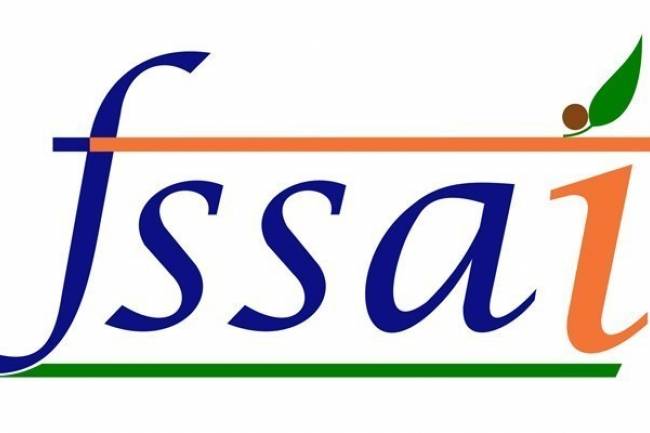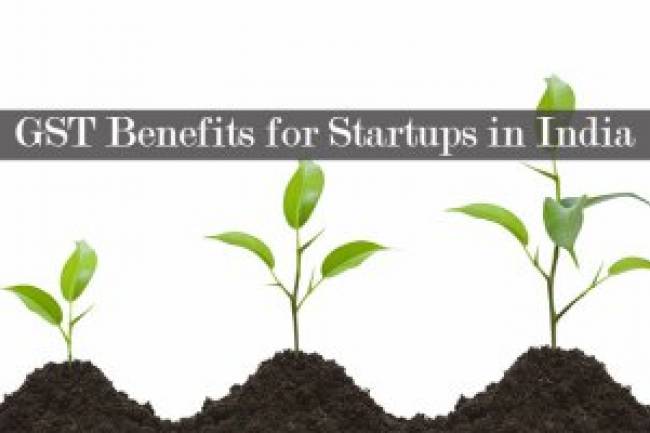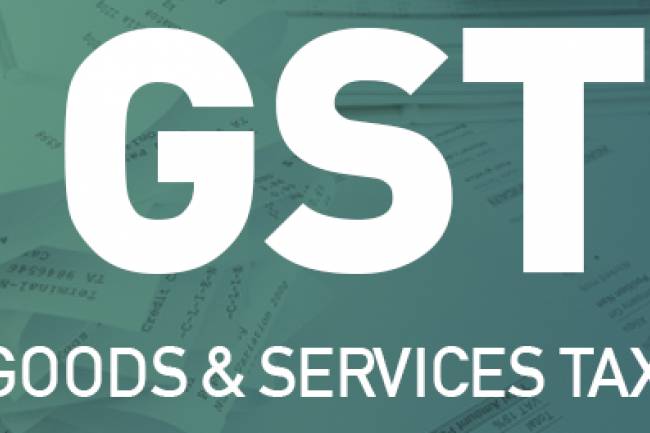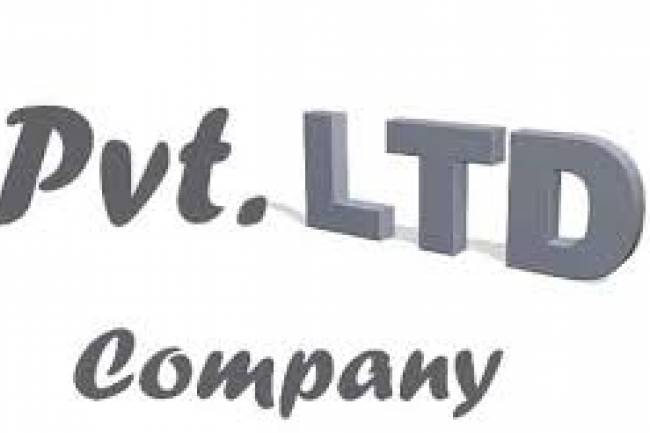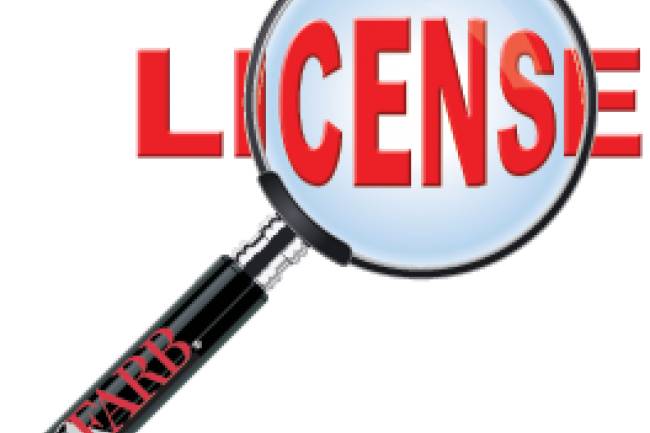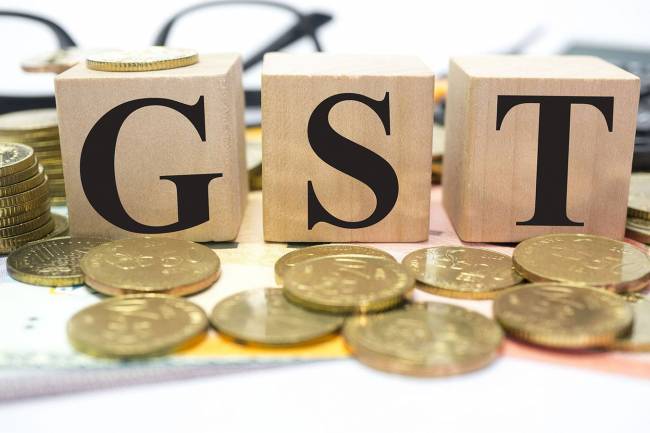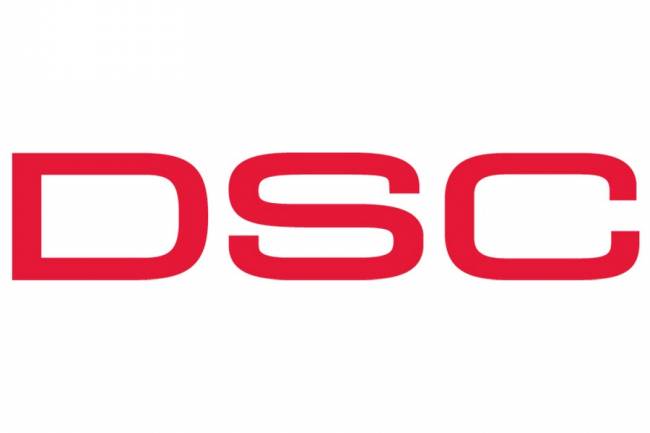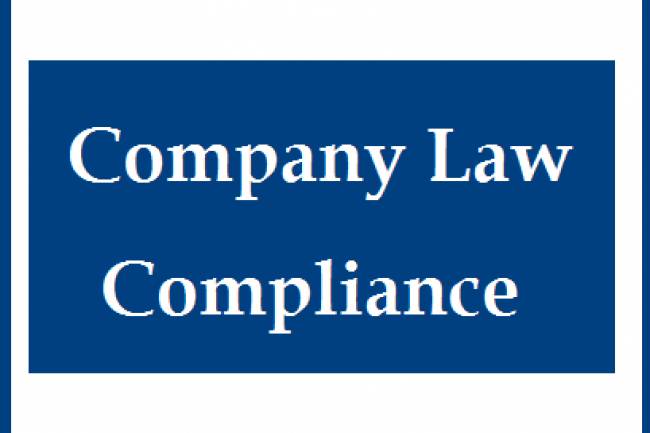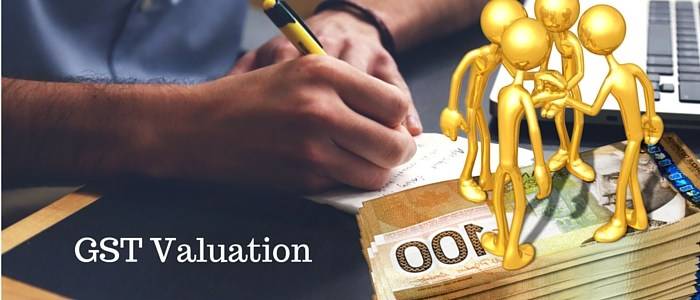
How Valuation is done in case of related parties under GST as per Valuation rules
1.0 Introduction
Segment 15 of CGST act represents the arrangement of valuation under the GST law. According to segment 15, exchange esteem might be acknowledged as the incentive for valuation reason subject to the accompanying conditions i.e.
Cost isn't a sole thought
Purchaser and provider are connected
Further, this class is additionally partitioned into two sections, i.e. related gathering (without operator), rules for related part (specialist). Give us a chance to talk about it in detail.
2.0 Who is said to be a related individual under GST?
The meaning of related gathering/individual is clarified under segment 15(5). People might be esteemed to be "connected people" if– –
(I) Such people are officers or chiefs of each other's organizations.
(ii) Such people are lawfully perceived accomplices in business.
(iii) Such people are manager and representative.
(iv) Any individual specifically or in a roundabout way possesses, controls or holds twenty-five for every penny. or, on the other hand a greater amount of the exceptional voting stock or offers of them two.
(v) One of them specifically or in a roundabout way controls the other.
(vi) Both of them are specifically or in a roundabout way controlled by a third individual;
(vii) Together they specifically or in a roundabout way control a third individual; or
(viii) They are individuals from a similar family;
Critical Points
1. The expression "individual" additionally incorporates lawful people;
2. People who are related in the matter of each other in that one is the sole specialist or sole wholesaler or sole concessionaire, howsoever depicted, of the other, might be regarded to be connected.
3.0 Value of products or administrations or both provider and beneficiary are connected (however not operator)
The estimation of the supply of products or administrations where the provider and beneficiary are connected should –
Be the open market estimation of such supply.
On the off chance that open market esteem isn't accessible, the esteem should be the estimation of supply of products or administrations of like kind and quality.
On the off chance that esteem isn't definable under aforementioned provisions, at that point the esteem should be the incentive as dictated by use of govern 4 or administer 5 of GST Valuation rules, in a specific order.
Essential focuses:
1. Where merchandise are planned for additionally supply accordingly by the beneficiary, the esteem should, at the alternative of the provider, be a sum proportionate to 90% of the cost charged for the supply of products of like kind and quality by the beneficiary to his client not being a related individual.
2. Further, where the beneficiary is qualified for full info impose credit, the esteem proclaimed in the receipt might be considered to be the open market estimation of products or administrations
3.1 Important Case contemplates in this issue
1. The meaning of 'related individual' requires commonality of enthusiasm for the business to be demonstrated [UOI v. Atic ventures Ltd. 1984 (17) E.L.T 323 (SC].
2. On the off chance that one of the executives of the purchaser organization is likewise administrator of the assembling organization, it can't be said that they have common enthusiasm for the business [Jay Engg. Works. Ltd v. UOI 1981 (8) E.L.T 284 (Del)
3. A point of confinement organization can't have backhanded interests in the business conveyed by one of its investors [Collector v. T.I. Mill operator Ltd 1988 (35) E.L.T 8 (SC)].
4. Just in light of the fact that merchandise are made with client's image name and whole creation sold to client does not imply that deals are to related individual [Ceam Electronics P. Ltd v. UOI 1991 (51) E.L.T 309 (Bom)].
5. At the point when 90% of the merchandise are sold to the distributer and just 10% to the related individual, the assessable esteem will be value charged to discount merchants [Kirloskar Cummins Ltd v. UOI 1991 (51) E.L.T 325 (Bom)].
6. Imperative Case Law: Price to purchaser won't be ordinary cost with the end goal of valuation, if the purchaser is a related individual and cost isn't sole thought available to be purchased. Both the conditions must coincide with the goal that the cost at which made merchandise are sold by the assessee to the purchaser is taken as the incentive for motivation behind appraisal of obligation.
[In different words, cost to purchaser can be considered for valuation just when both the conditions - (a) purchaser isn't a related individual and (b) cost is the sole thought - are satisfied] [Calcutta Chromotype Ltd. v. CCE 1998 AIR SCW 1379]
7. Frequently, a few organizations get the merchandise made under their image name from some different Companies. Be that as it may, such brand name proprietor can't be named as relative of the genuine producer, just hence. In such cases, obligation payable will be on the premise of cost charged by the genuine producer to the brand name proprietor [Voltas Ltd. v. CCE 2005 (188) ELT 421 (CESTAT)].
8. Unimportant actuality that merchandise fabricated bear exchange characteristic of the client who buys whole creation and causes all commercial costs would not prompt the conclusion that dealings between the two are not at a manageable distance [Chetan B thandani v. UOI 1987(30) ELT 287 (Bom)].
9. Merchant undertaking deal advancement costs are not related people, as deal advancement is for common advantage of both purchaser and dealer. Charge of shared enthusiasm amongst assessee and merchant simply on ground of offers advancement isn't supportable [Indian Oxygen Ltd. v. CCE 1997(95) ELT 223 (CEGAT)].
10. Insignificant giving interest free progress as an issue of business practicality and as an exchange hone isn't adequate to state that the purchaser and dealer are 'connected people [CCE v. Kwality Ice Cream (2010) 29 STT 453 = 8 taxmann.com 93 = 260 ELT 327 (SC)].
4.0 Value of supply of merchandise (NOT SERVICES) made or got through a specialist
1. The estimation of supply of merchandise between the primary and his operator should be the open market estimation of the products being provided.
Be that as it may, the esteem should, at the choice of the provider, be 90% of the cost charged for the supply of merchandise of like kind and quality by the beneficiary to his client not being a related individual, where the products are planned for additionally supply by the said beneficiary.
2. Where the estimation of a supply isn't definite under above provision, the same should be dictated by use of lead 4 or decide 5 in a specific order
Outline: Where an important supplies groundnut to his specialist and the operator is providing groundnuts of like kind and quality in ensuing supplies at a cost of Rs.5000 per quintal upon the arrival of supply. Another free provider is providing groundnuts of like kind and quality to the said specialist at the cost of Rs.4550 per quintal. The estimation of the supply made by the vital might be Rs.4550 per quintal or where he practices the choice the esteem should be 90% of the Rs.5000 i.e. is Rs.4500 per quintal.
5.0 Value of supply of merchandise or benefits or both in light of cost – Rule 4
Where the estimation of a supply of merchandise or benefits or both isn't definite by any of the previous standards, the esteem might be one hundred and 10% of the cost of generation or make or cost of procurement of such products or cost of arrangement of such administrations.
Essential point
If there should arise an occurrence of supply of administrations, the provider may decide on this run, ignoring standard 4.
6.0 Residual technique for assurance of estimation of supply of merchandise or benefits or both
Where the estimation of supply of merchandise or benefits or both can't be resolved under any govern, at that point the same should be resolved utilizing sensible means reliable with the standards and general arrangements of area 15 and these guidelines.
Be that as it may, if there should be an occurrence of supply of administrations, the provider may decide on this manage, ignoring principle 4.
Visit HireCA.com Now

